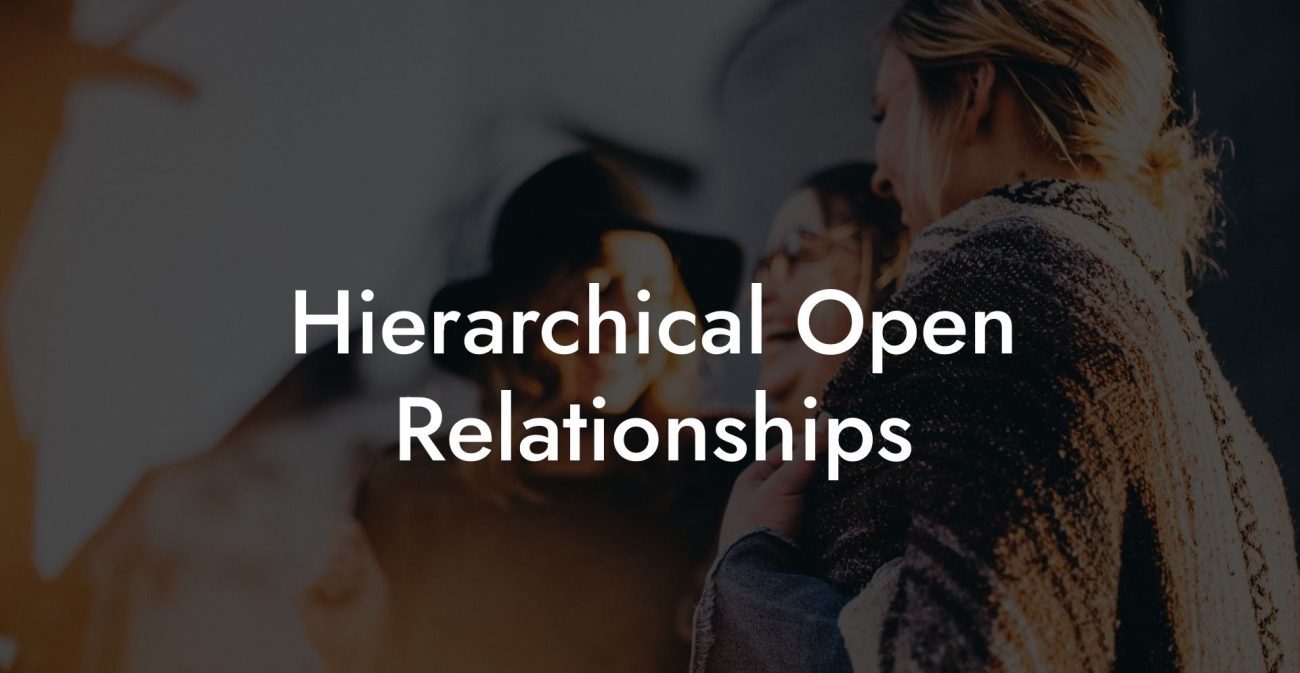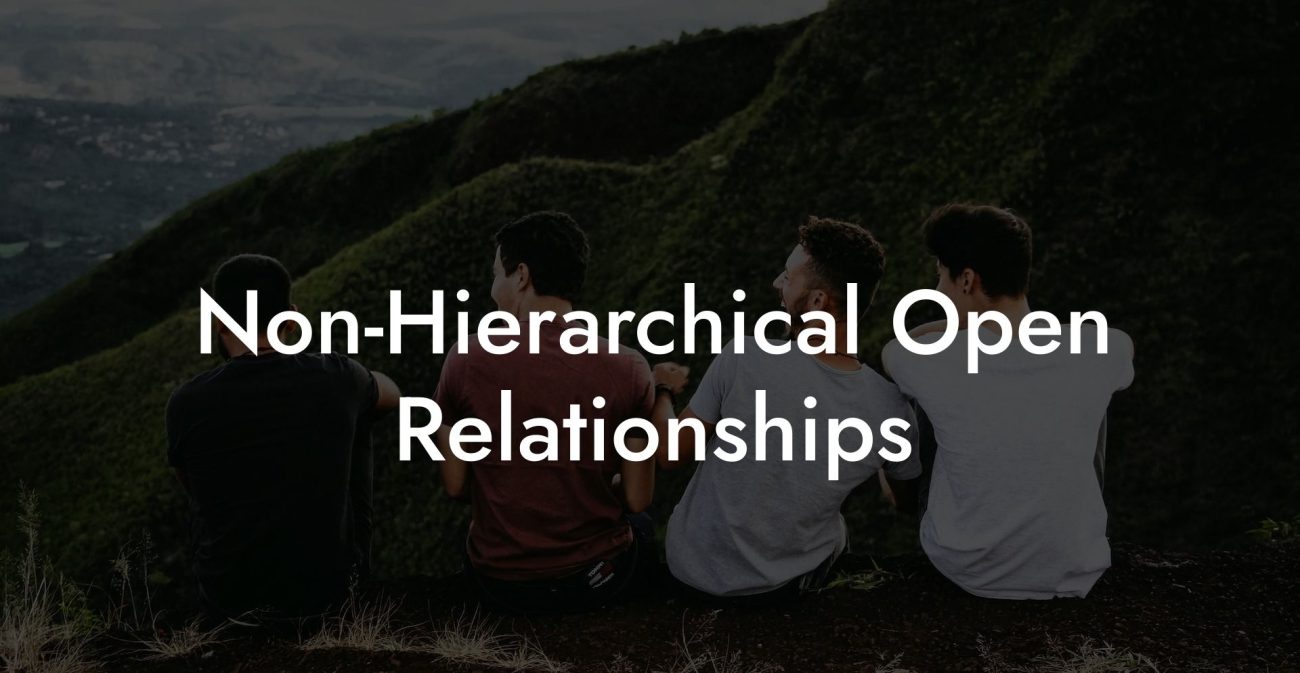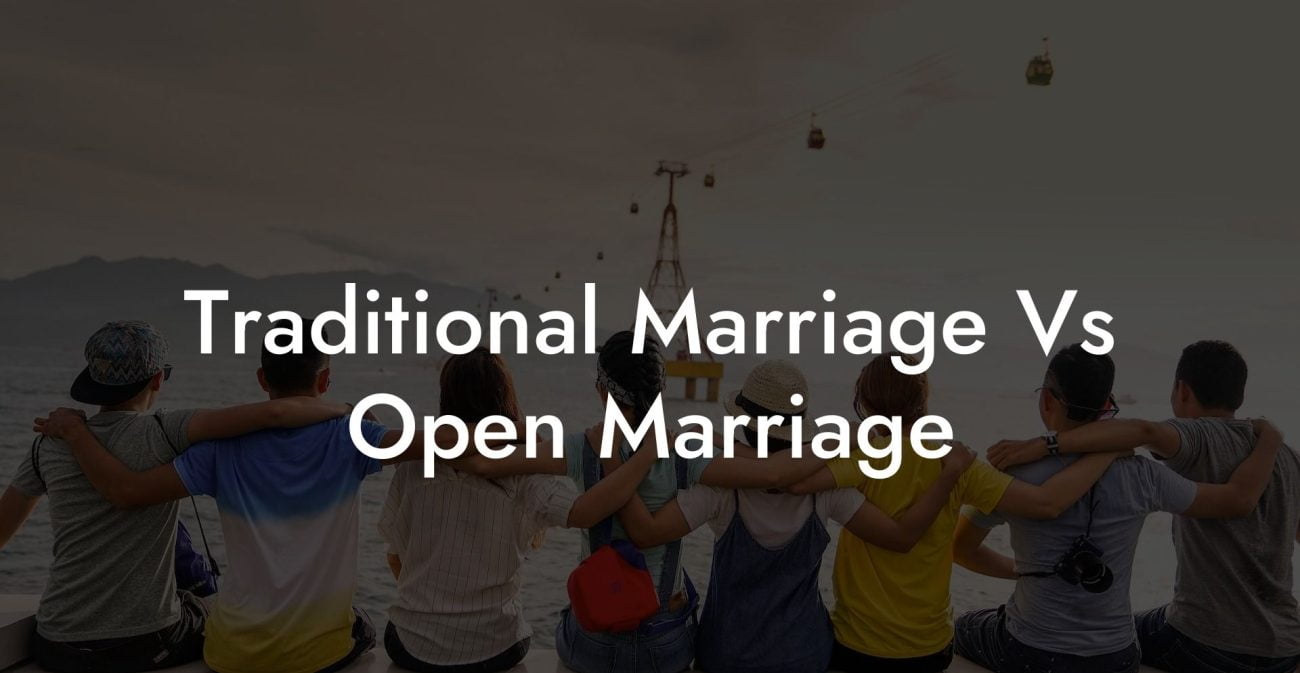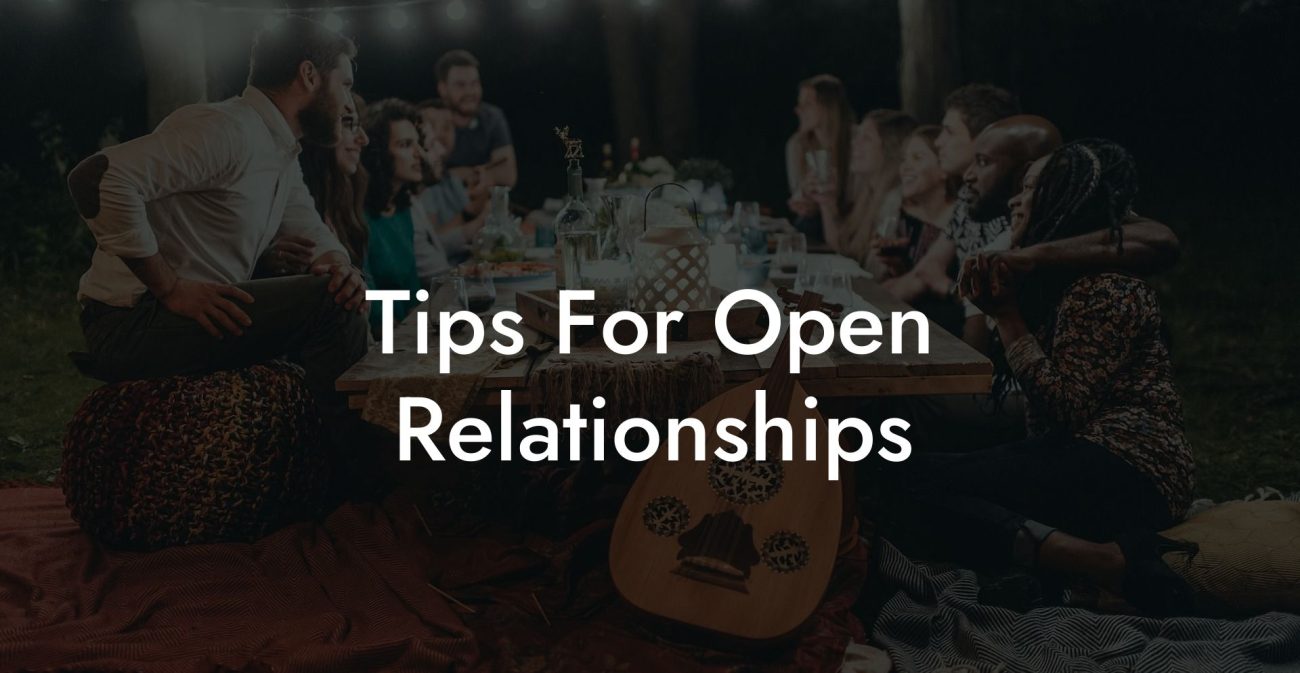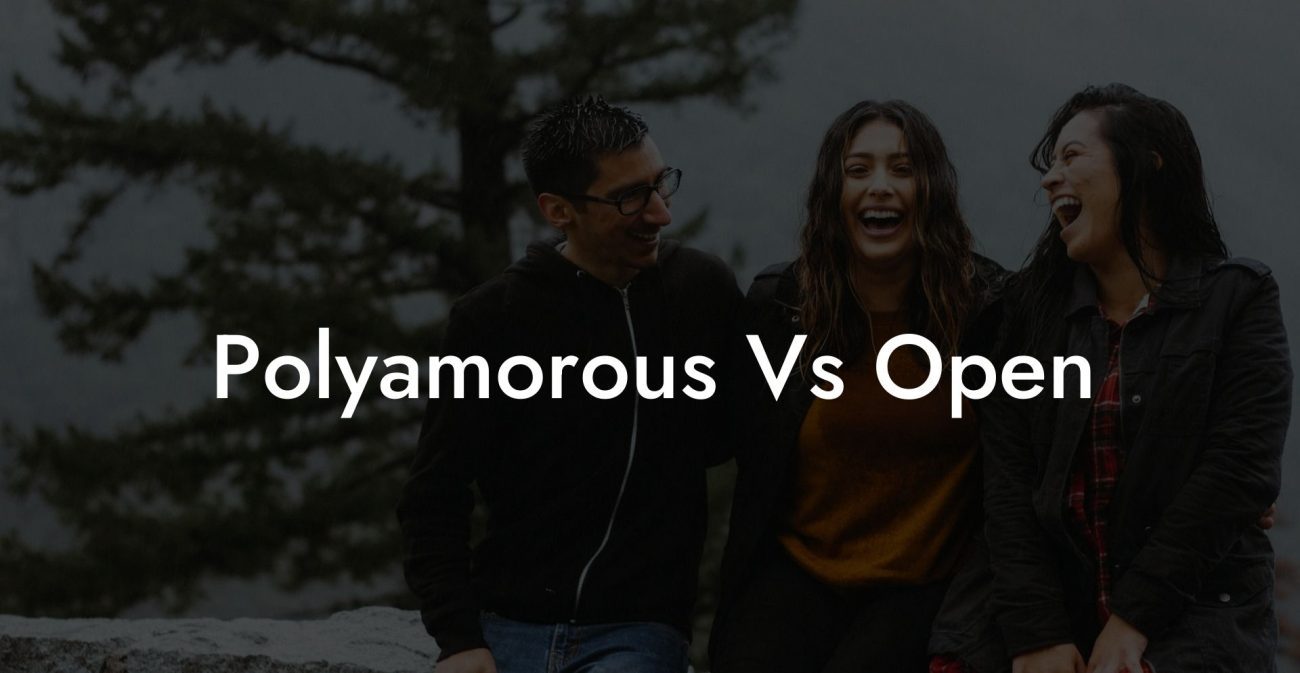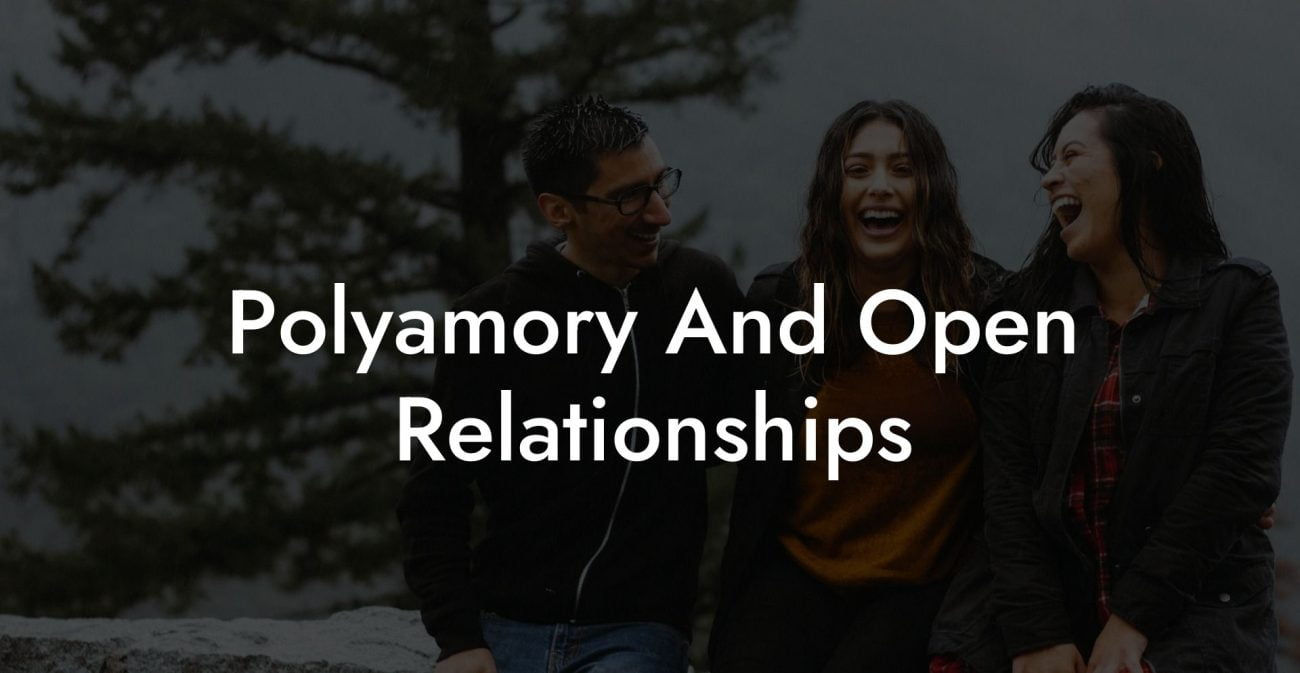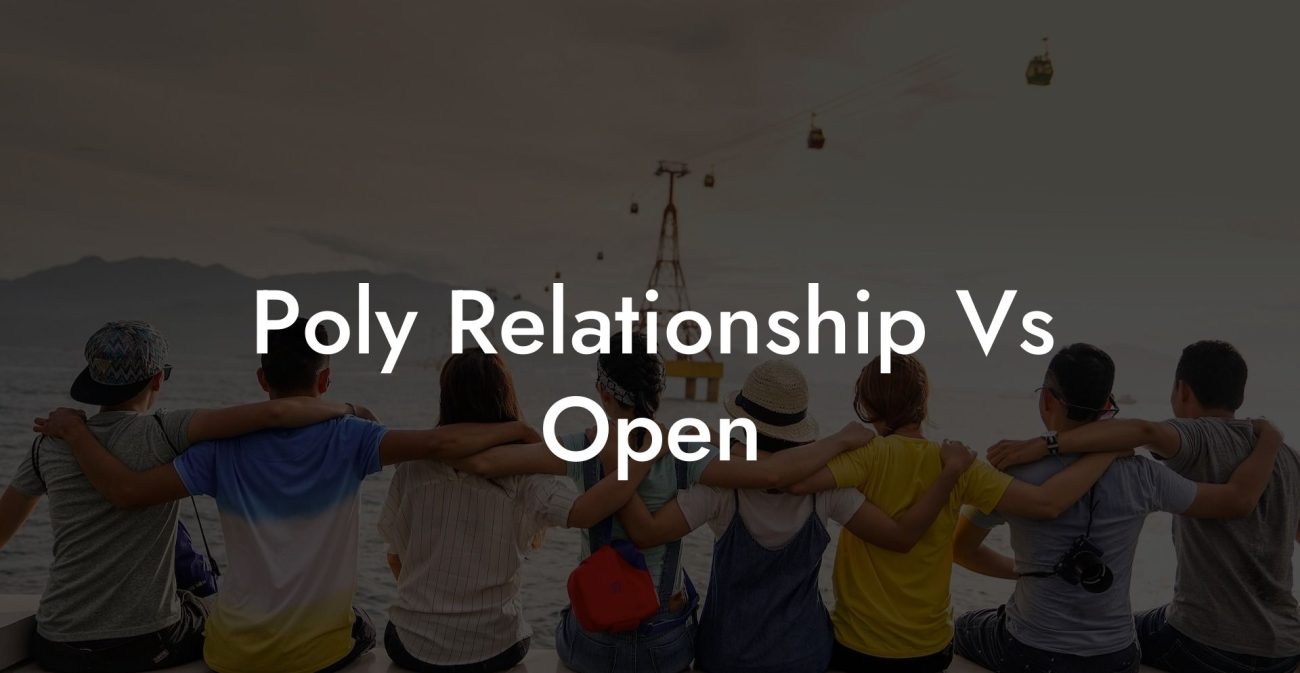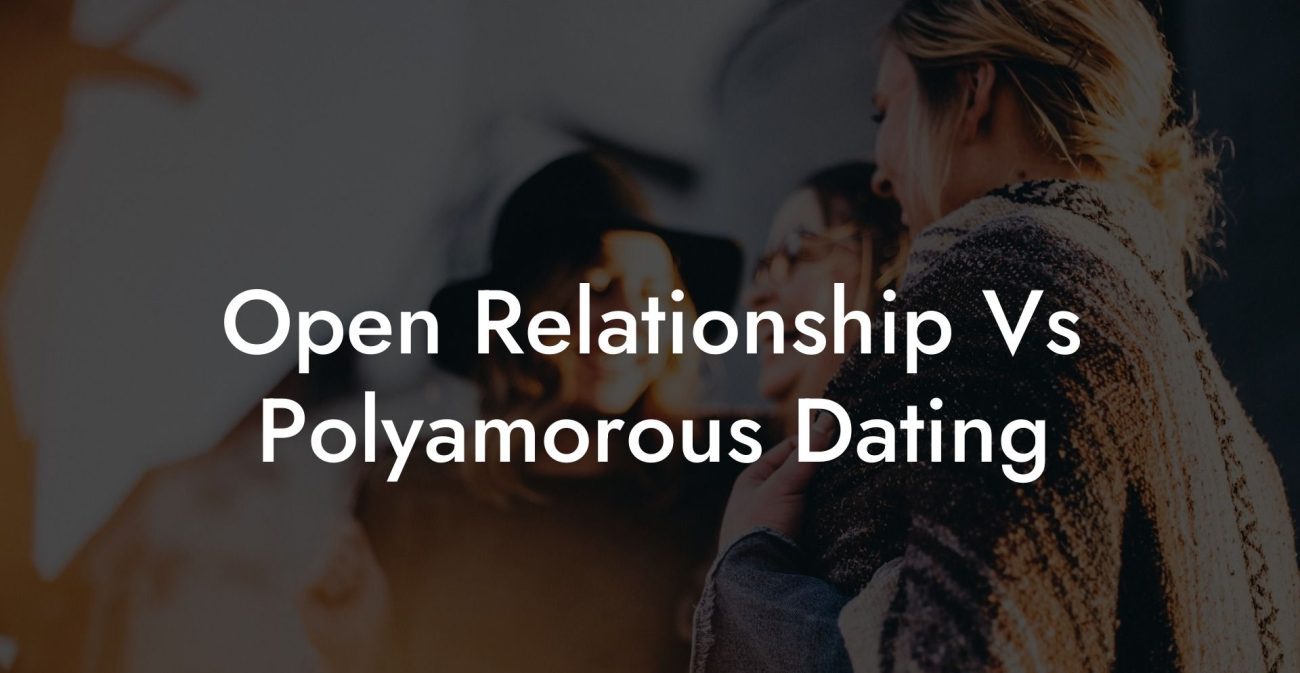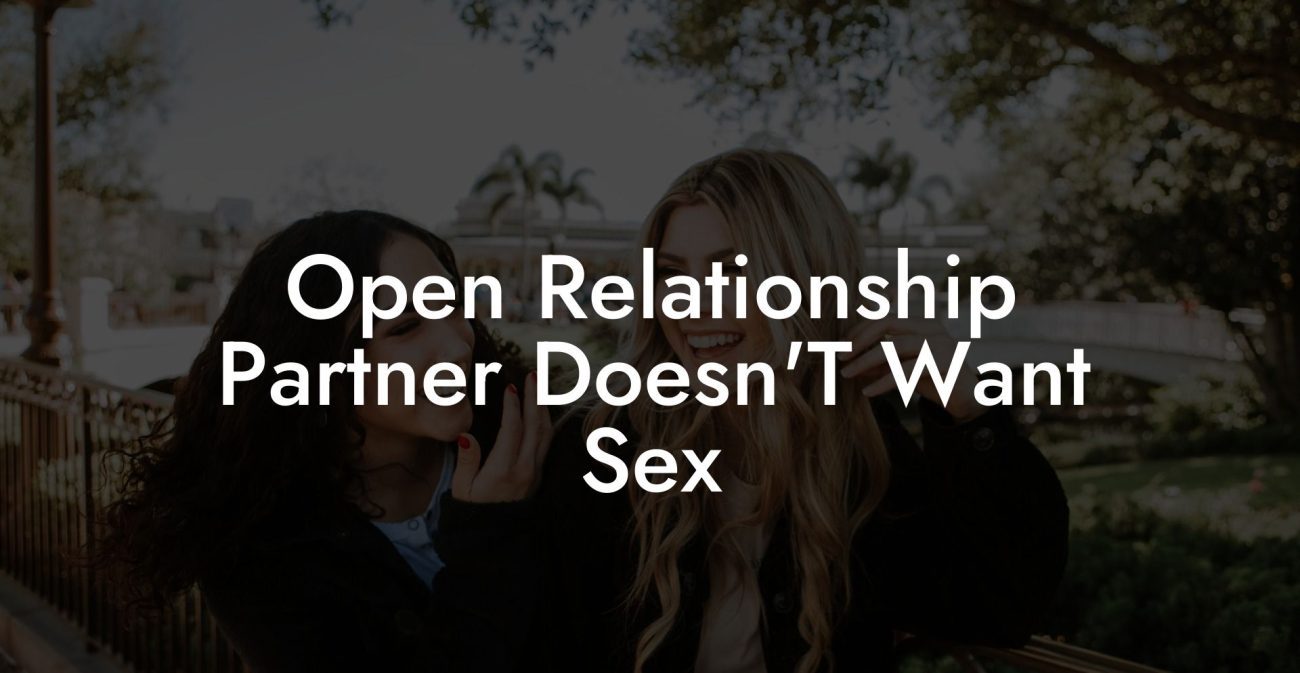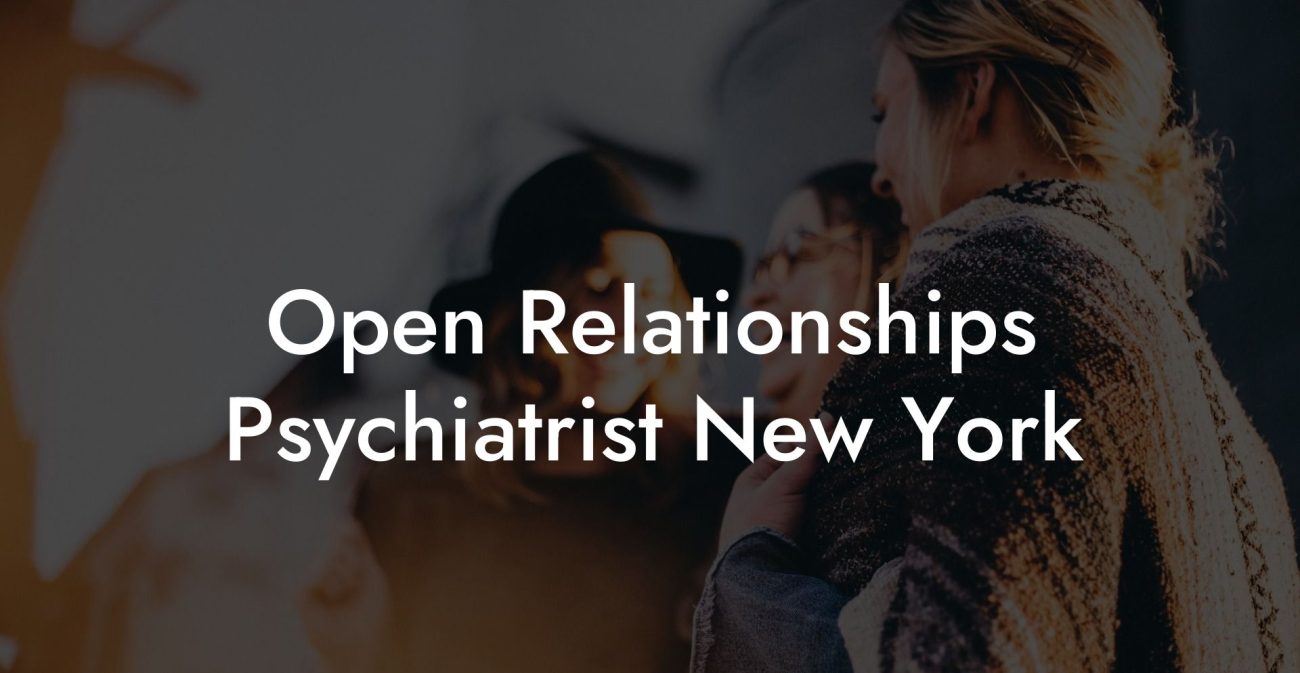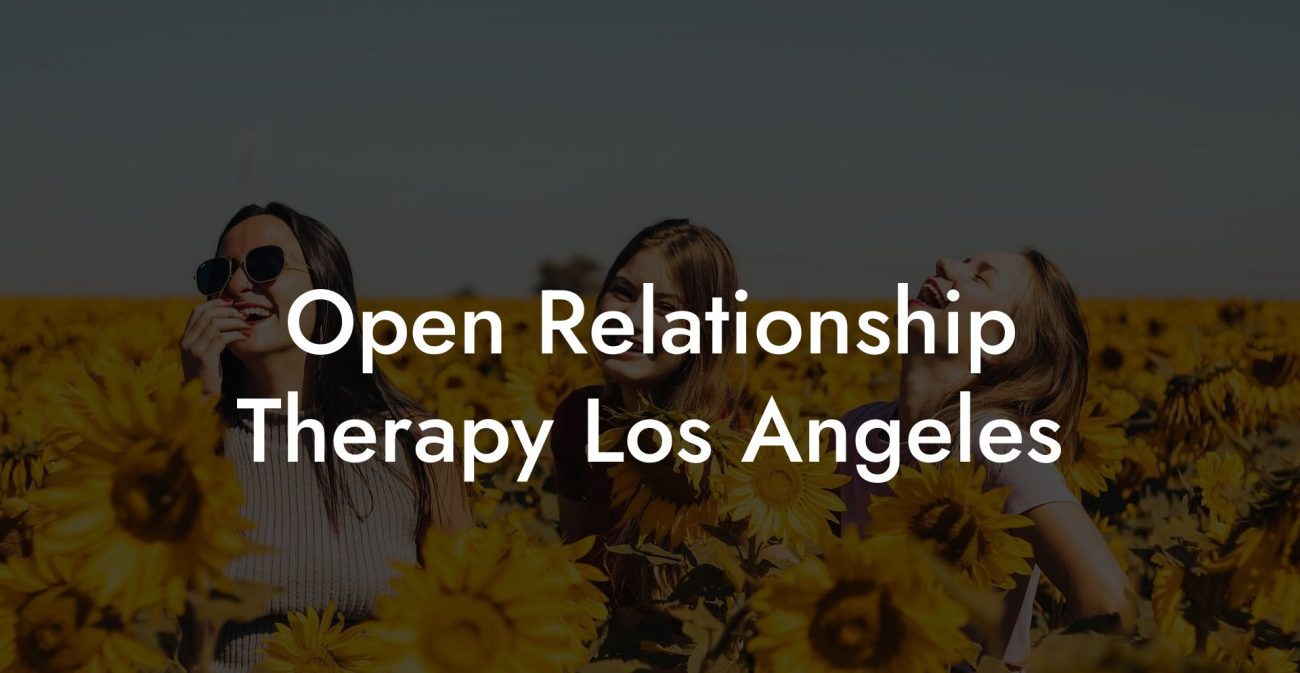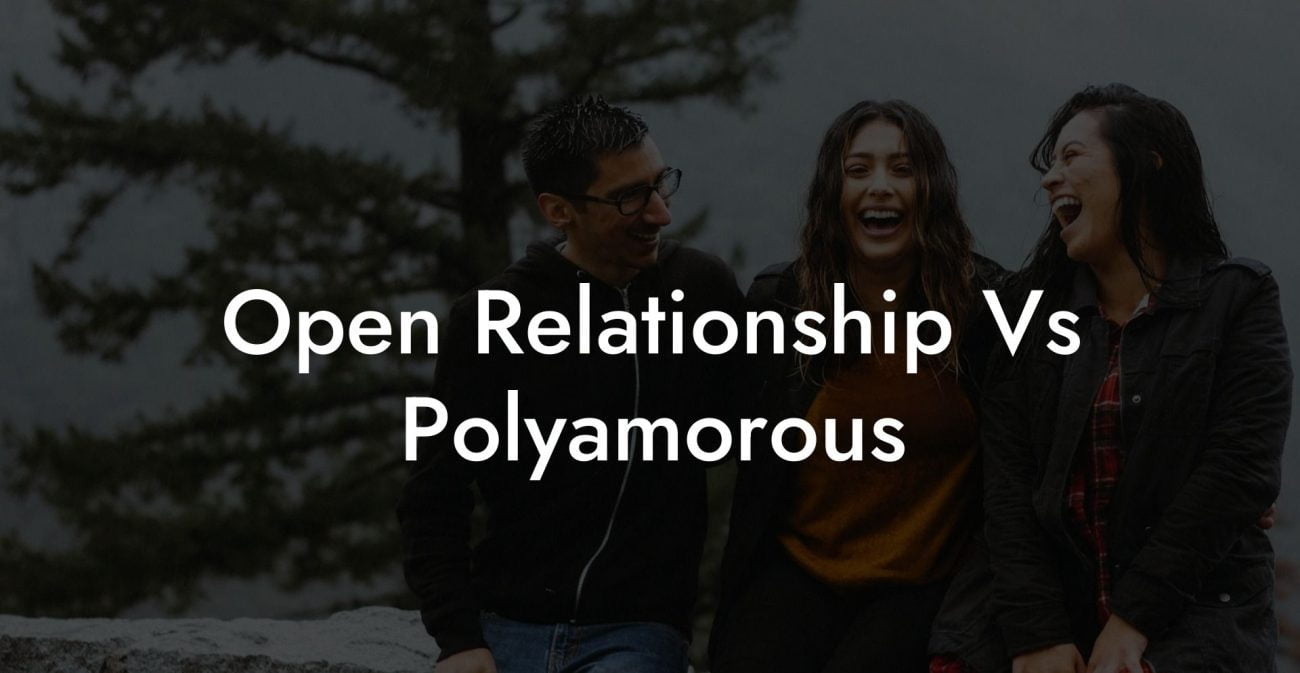Casual Open Relationships
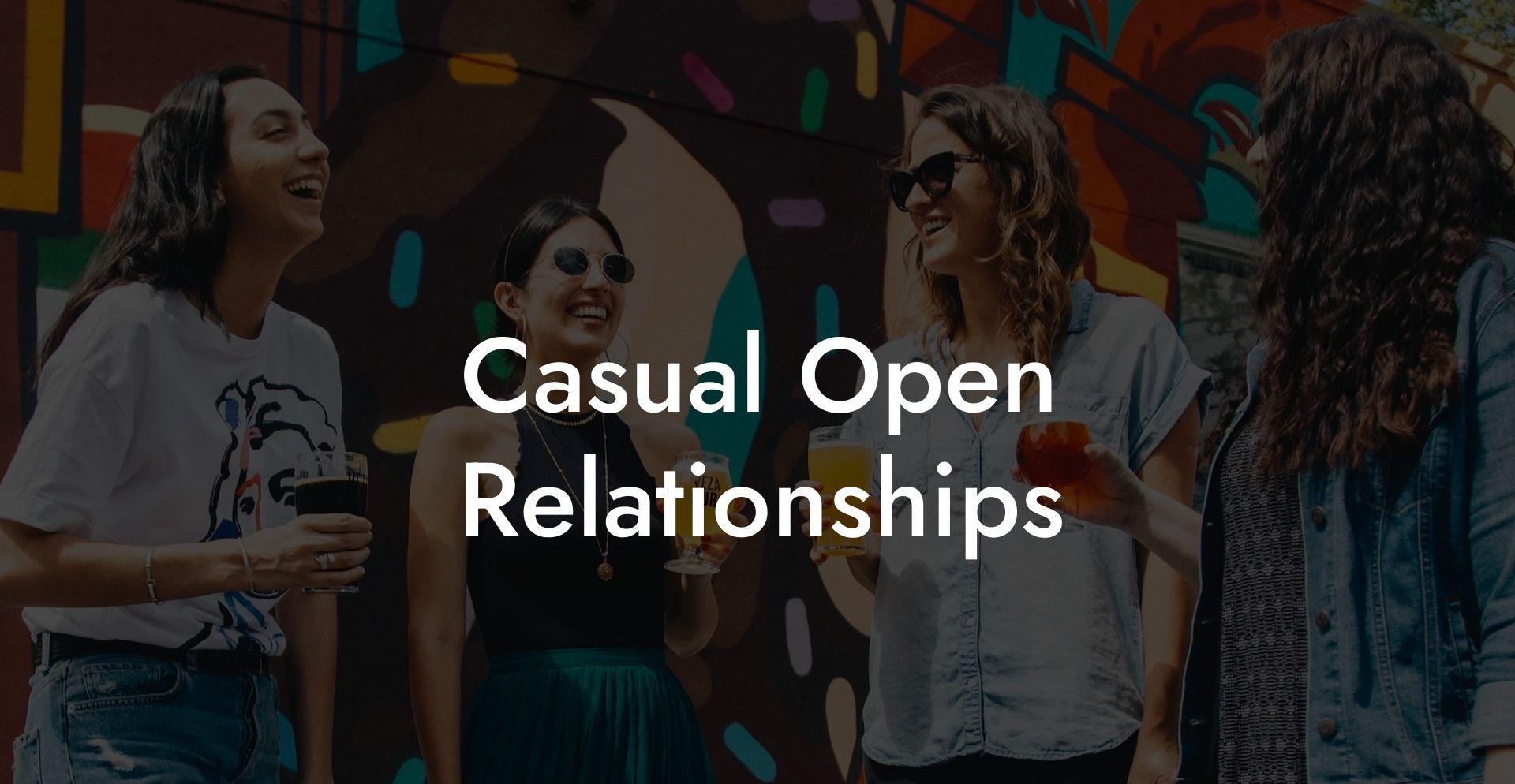
Imagine a spontaneous summer festival where every encounter is a burst of excitement and every connection is a dazzling, free-spirited dance, this is the essence of casual open relationships. In these relationships, commitment is light, interactions are playful, and each meeting is an exploration of possibility rather than a binding promise for a lifetime. Welcome to our guide on Casual Open Relationships, where we’ll explore what they are, the core principles behind them, their benefits and challenges, and practical strategies to navigate this liberating lifestyle with clarity, safety, and respect.
Quick Links to Useful Sections
- Understanding Casual open relationships
- Defining Casual Open Relationships
- Philosophical Underpinnings and Core Principles
- The Spirit of Freedom and Exploration
- Ethical Non-monogamy: Consent and Transparency
- Flexibility and Low-Pressure Dynamics
- Benefits of Casual Open Relationships
- Diverse Experiences and Personal Freedom
- Lower Pressure and Fewer Expectations
- Enhanced Flexibility in Life’s Pace
- Opportunities for Exploration and Self-Discovery
- Challenges of Casual Open Relationships
- Managing Ambiguity and Expectations
- Potential for Miscommunication
- Handling Jealousy and Insecurity
- Time and Energy Management
- Practical Strategies for Navigating Casual Open Relationships
- Clear Communication from the Start
- Set and Revisit Boundaries Regularly
- Utilize Digital Tools for Coordination
- Practice Self-Care and Self-Reflection
- Foster a Supportive Community
- Be Prepared to Adapt
- Real-Life Examples and Success Stories
- Case Study: Jamie’s Adventure in Casual Connection
- Case Study: Riley’s Balancing Act
- Expert Insights on Casual Open Relationships
- FAQ: Your Casual Open Relationships Questions Answered
Understanding Casual open relationships
Defining Casual Open Relationships
Casual open relationships are a type of ethical non-monogamy in which individuals engage in romantic or sexual encounters without the expectation of long-term emotional commitment or exclusivity. In contrast to relationships that emphasize deep, enduring bonds, casual open relationships prioritize flexibility, spontaneity, and the freedom to explore connections with minimal constraints.
In this model, the focus is on enjoying each moment for what it is, a chance to connect, have fun, and experience pleasure, without the heavy expectations of future commitment. While trust, consent, and clear communication remain essential, the emotional investment might be less intense, leaving room for self-discovery and adventure.
Philosophical Underpinnings and Core Principles
The Spirit of Freedom and Exploration
At the heart of casual open relationships is the belief that love and intimacy can be experienced in myriad forms without being confined by traditional expectations. This model celebrates personal freedom and encourages you to explore your desires and connections without the pressure to “settle down” in the conventional sense. It’s about savoring the thrill of the moment while respecting both your own autonomy and that of your partners.
This philosophy allows you to embrace a mindset where each encounter is a unique opportunity to learn more about yourself and others, an ever-changing tapestry of experiences that enrich your life.
Ethical Non-monogamy: Consent and Transparency
Despite the casual nature of these relationships, ethical non-monogamy remains a core principle. Consent must be clear, informed, and ongoing, and transparency about your intentions, expectations, and boundaries is vital. This ensures that all parties understand the casual framework of the relationship and can participate without pressure or misunderstanding.
In practice, this means having upfront conversations about what each person wants from the relationship, whether it’s strictly physical, a bit of emotional connection, or a mix of both, so that everyone is on the same page.
Flexibility and Low-Pressure Dynamics
Casual open relationships thrive on a flexible structure that allows individuals to engage without the weight of heavy expectations. This flexibility can be liberating, as it enables you to enjoy connections as they come, without feeling the pressure to define or label them prematurely.
While this may lead to a more fluid experience of intimacy, it also requires each person to be self-aware and communicative about their evolving needs.
Benefits of Casual Open Relationships
Diverse Experiences and Personal Freedom
One of the most compelling benefits of casual open relationships is the opportunity to experience diverse types of intimacy without the constraints of long-term commitment. You can explore different aspects of your sexuality, emotional expression, and social interactions, all while retaining the freedom to shift your focus as your interests evolve.
This model allows for the exploration of self-identity and personal growth, as each encounter can offer new insights and experiences that enrich your life.
Lower Pressure and Fewer Expectations
With fewer expectations placed on each connection, casual open relationships can be less stressful than more traditional, committed arrangements. This low-pressure environment enables you to enjoy each moment without the fear of failure or the burden of maintaining a lifelong bond. It’s a space where spontaneity is celebrated and each encounter is valued for what it brings to your life at that moment.
Enhanced Flexibility in Life’s Pace
The casual nature of these relationships can complement a fast-paced, ever-changing lifestyle. Without the need for continuous, intense emotional labor, you have more room to pursue personal projects, career goals, and social adventures, all while engaging in enriching, albeit temporary, romantic or sexual connections.
Opportunities for Exploration and Self-Discovery
Every encounter in a casual open relationship is an opportunity for self-exploration. You have the freedom to try new experiences, understand different perspectives, and learn about your own boundaries and desires. This continuous cycle of discovery can lead to greater self-awareness and an enhanced understanding of what truly makes you happy.
Challenges of Casual Open Relationships
Managing Ambiguity and Expectations
While the casual nature of these relationships can be freeing, it can also lead to ambiguity. Without clear expectations, misunderstandings can arise about what each person wants or needs from the connection. This lack of clarity can sometimes result in hurt feelings or unintentional emotional attachment.
The key is to have open, honest conversations from the start, clarifying that the relationship is meant to be casual and that expectations may shift over time.
Potential for Miscommunication
With multiple casual connections, it’s easy for miscommunication to occur, especially if assumptions are made about what each partner wants. Ensuring that consent and intentions are clearly communicated and revisited frequently is critical to avoiding misunderstandings.
Handling Jealousy and Insecurity
Even in casual arrangements, jealousy can creep in. You or your partner(s) might experience insecurity about the level of attention received, or worry about the depth of connection with other partners. These feelings are natural and must be addressed through self-reflection and open dialogue.
Time and Energy Management
Balancing multiple casual connections with other life responsibilities can be challenging. Without the structure of a long-term commitment, it can be difficult to prioritize how you spend your time and energy. This may lead to burnout or feelings of neglect if not managed carefully.
Practical Strategies for Navigating Casual Open Relationships
Clear Communication from the Start
The foundation of any successful casual relationship is clear, upfront communication. Discuss your expectations, boundaries, and the nature of the relationship early on. Make it clear what “casual” means for you, whether it’s purely physical, or includes some level of emotional connection.
Regular check-ins can help ensure that everyone’s on the same page as circumstances evolve.
Set and Revisit Boundaries Regularly
Even in casual relationships, setting boundaries is crucial. Identify what you are comfortable with regarding emotional sharing, time commitment, and physical intimacy, and communicate these boundaries clearly. Revisit these agreements periodically to adapt to any changes in your needs.
Utilize Digital Tools for Coordination
Leverage digital calendars, group chats, and relationship management apps like Trello or Notion to keep track of your commitments and check in with your partners. These tools can help prevent scheduling conflicts and ensure that communication remains consistent.
Practice Self-Care and Self-Reflection
Prioritize your own well-being by engaging in regular self-care practices such as exercise, meditation, and creative pursuits. Use digital journals or reflection apps to track your emotions and assess your needs, ensuring that you remain balanced and centered amidst multiple casual connections.
Foster a Supportive Community
Connect with others who navigate casual open relationships by joining online forums, social media groups, or local meet-ups. Sharing experiences and advice can help you feel validated, learn new strategies, and mitigate feelings of isolation.
Be Prepared to Adapt
Recognize that casual relationships are inherently fluid. As your needs and desires change, be open to renegotiating the terms of your connections. Flexibility is key, what works today may need adjustment tomorrow.
Real-Life Examples and Success Stories
Case Study: Jamie’s Adventure in Casual Connection
Jamie embraced casual open relationships as a way to explore their sexuality and personal identity without the pressure of long-term commitment. By setting clear boundaries from the start and maintaining regular check-ins with their partners, Jamie was able to enjoy diverse experiences while keeping their emotional well-being intact. Jamie’s journey illustrates that with honest communication and a commitment to self-care, casual connections can be both liberating and fulfilling.
Case Study: Riley’s Balancing Act
Riley, who has navigated several casual relationships, discovered that clarity in communication was the key to managing expectations. By using shared digital tools to coordinate time and setting explicit boundaries regarding emotional investment, Riley was able to maintain multiple satisfying connections without feeling overwhelmed. This experience reinforced the importance of regular self-reflection and community support in creating a balanced, casual relationship network.
Expert Insights on Casual Open Relationships
Relationship experts emphasize that even casual relationships require the same level of communication and mutual respect as more committed partnerships. Dr. Elena Rivera, a therapist with experience in ethical non-monogamy, explains, “Casual open relationships can offer a refreshing, low-pressure way to explore intimacy. The key is to maintain clear, honest dialogue and to respect the boundaries of everyone involved.”
Relationship coach Marcus Lee adds, “The beauty of casual relationships lies in their flexibility. When you set clear expectations and practice regular communication, you create an environment where every encounter is enjoyable and mutually fulfilling.”
FAQ: Your Casual Open Relationships Questions Answered
1. What are casual open relationships?
Casual open relationships are non-monogamous arrangements where individuals engage in romantic or sexual encounters without the expectation of long-term commitment or deep emotional attachment.
2. How do casual open relationships differ from committed relationships?
Unlike committed relationships, casual open relationships are characterized by low-pressure, flexible connections where the focus is on enjoying the moment without the expectation of exclusivity or permanence.
3. What are the key benefits of casual open relationships?
Benefits include personal freedom, the opportunity to explore diverse connections, lower emotional pressure, and the ability to learn more about your desires and boundaries.
4. What challenges might arise in casual open relationships?
Challenges include managing ambiguity, miscommunication, potential feelings of jealousy or insecurity, and balancing time and energy among multiple partners.
5. How important is communication in casual relationships?
Communication is critical. Clear, honest dialogue ensures that expectations are understood and that all parties feel respected and secure in the casual nature of the connection.
6. How can I set boundaries in a casual open relationship?
Start by identifying your personal needs and limits through self-reflection, then discuss these openly with your partner(s). Regularly revisit and adjust these boundaries as needed.
7. What role do digital tools play in casual relationships?
Digital tools such as shared calendars, messaging apps, and digital journals help coordinate schedules, track commitments, and maintain consistent communication, which is essential in managing casual connections.
8. How do I manage jealousy in a casual open relationship?
Address jealousy through open dialogue, using “I” statements to express your feelings, and engage in self-reflection or therapy if needed. Remember that jealousy is a normal emotion and can be managed with effective communication.
9. Can casual open relationships lead to deeper connections?
While they are typically low-pressure, some casual connections may evolve into deeper relationships if both parties desire it. However, the primary focus remains on enjoying the moment without heavy commitments.
10. Where can I find more resources on casual open relationships?
Look for books like "The Ethical Slut" and "More Than Two", podcasts such as “Multiamory,” and join online communities on Reddit and Facebook dedicated to open relationships for further insights.
Resources and Community Support: Your Next Steps in Exploring Casual Open Relationships
- Books: Start with "The Ethical Slut" and "More Than Two" to gain foundational insights into open relationships and ethical non-monogamy.
- Podcasts: Tune in to "Multiamory" and other relationship podcasts that share personal stories and expert advice on managing casual connections.
- Websites and Blogs: Visit polyamory-focused sites like Polyamory.com and MoreThanTwo.com for articles, event listings, and practical tips.
- Online Communities: Join Reddit (e.g., r/polyamory) and Facebook groups dedicated to open relationships to connect with like-minded individuals.
- Workshops and Webinars: Attend virtual and in-person events focused on communication, boundary-setting, and relationship management for casual relationships.
- Therapy and Counseling: Consider professional support from therapists who specialize in non-monogamous relationship dynamics for personalized guidance.
Casual open relationships invite you to explore intimacy with a spirit of adventure and freedom. By embracing clear communication, setting flexible boundaries, and tapping into supportive communities, you can enjoy a love life that is as spontaneous and enriching as it is liberating.
Lost & confused by all of the terms, types and seemingly made up 3 letter acronyms?? We've got you. Check out our Ethnical Non-Monogamy Dictionary >>
Useful Interruption: Not sure which relationship vibe fits you best? Take our Relationship Test, it’ll give you the real insight into your natural relationship style. Then, dive into our binge-worthy guides (from the tried-and-true to the “wait, that’s a thing?”) and find the perfect relationship type for your life:
- Monogamy
- Open Relationships
- Ethical Non-Monogamy
- Solo Polyamory
- Non-Hierarchical Polyamory
- Hierarchical Polyamory
- Relationship Anarchy
- Swinging
Now back to the main article but yeah take the test...

